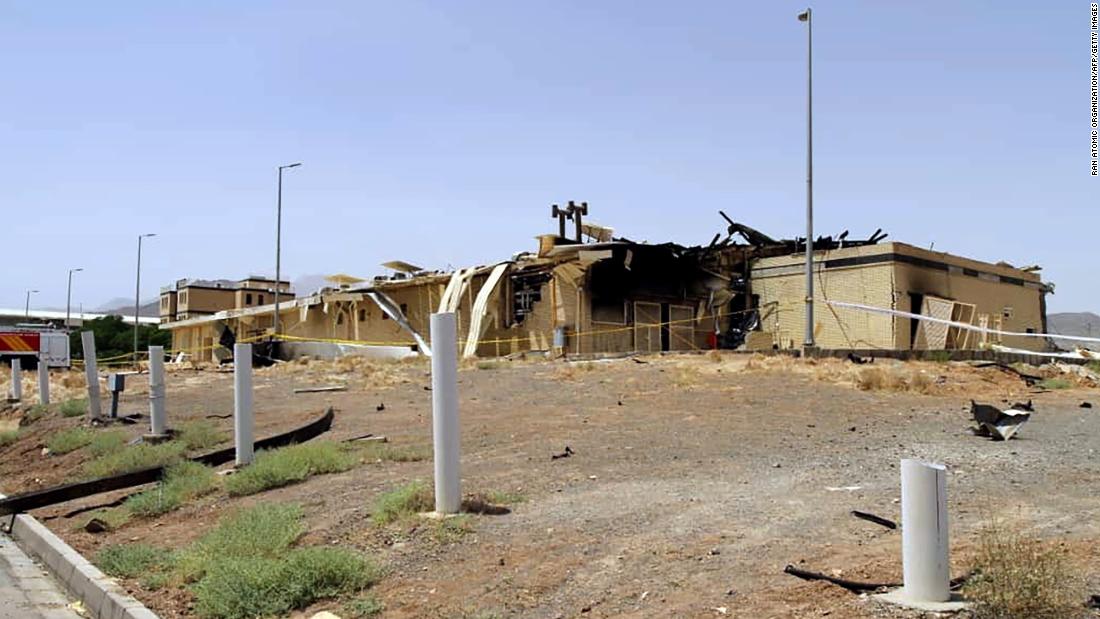
Analysts believe the site is used to develop and assemble centrifuges for uranium enrichment, a key technology that converts uranium into nuclear fuel.
Behrouz Kamalvandi, a spokesman for the Iranian Atomic Energy Organization (AEOI), said Sunday that while there were no human casualties in the fire that rocked the facility on Thursday, “the financial losses were significant.”
The incident has not slowed down the nuclear enrichment work at Natanz, but it did impact the construction and development of some advanced machines “in the medium term,” Kamalvandi said. He said in an interview with the state news agency IRNA that the shed that was hit housed several accurate measuring tools and equipment that have been permanently destroyed.
Ramazanali Ferdowsi, the governor of Natanz, said the fire only damaged one building under construction within the complex and did not affect the main area of the nuclear facility, according to the semi-official Tasnim news agency.
The Natanz fire is one of several unusual incidents that have occurred across Iran in recent weeks.
A large explosion was reported outside Tehran, near the city of Parchin and a military installation, last month. Iranian state media reported that another explosion occurred at the Zargan power plant in Ahvaz, a city in southwestern Iran, on Saturday. And a few hours later, a chlorine gas leak sickened dozens at a petrochemical complex in southeast Iran.
A prominent Israeli strategic analyst, Amos Yadlin, said the country must be prepared “for the possibility of an Iranian backlash,” despite efforts by the Israeli defense minister to minimize the country’s involvement in the incidents.
“Not all the events that occur within Iran are necessarily related to us,” Defense Minister and alternate Prime Minister Benny Gantz said during an interview on Israeli radio on Sunday morning.
Iranian official media has warned that Iran would respond if it considered the incidents to be the result of an attack, and Yadlin said it could come in the form of a cyber attack; the launching of missiles by the Iranian power forces in Iran; or an attack outside Israel’s borders entirely.
When asked about Thursday’s incidents, Israeli Prime Minister Benjamin Netanyahu said at a press conference: “I will not address these issues.”
Iranian authorities say they have identified the “root cause” of the fire but have decided not to publicly announce the findings for security reasons, said Khosravi, a spokesman for the Security Council of the Supreme Nation of Iran.
Regarding the Natanz incident, the IAEA said on Friday that it is in contact with “relevant Iranian authorities to confirm that there will be no impact on their safeguards verification activities, which are expected to continue as before. IAEA inspectors are regularly present in Natanz. “
CNN’s Sara Mazloumsaki, Joshua Berlinger and Hamdi Alkhshali contributed to this report.
.